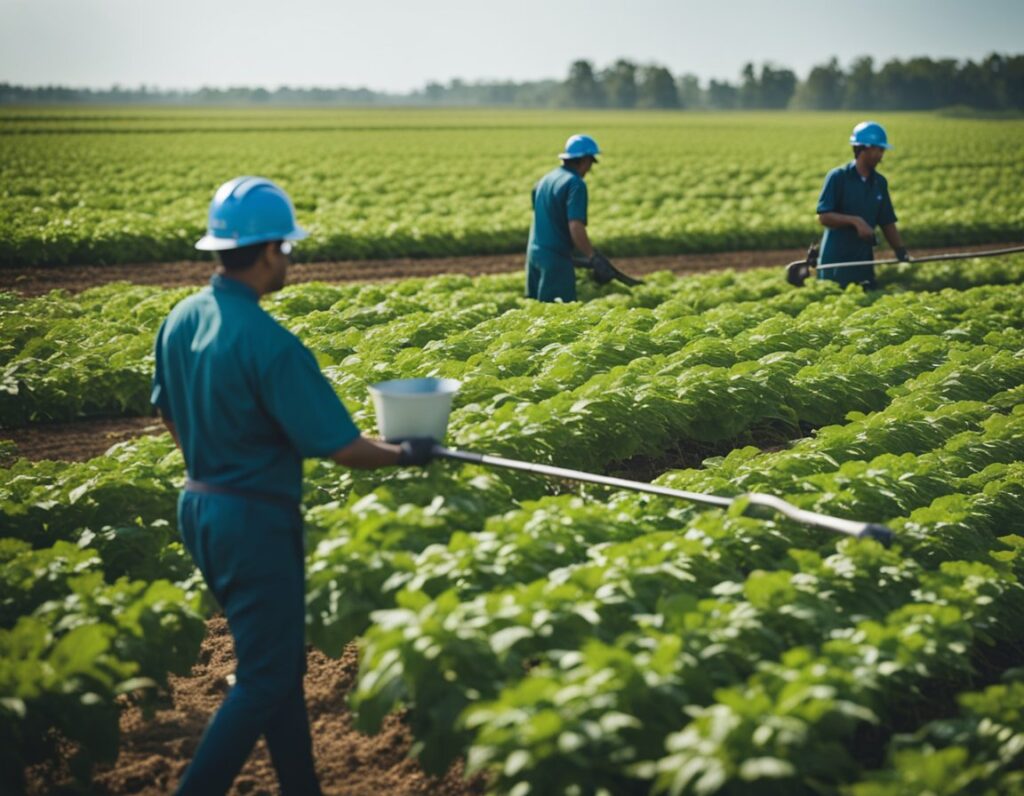
Recognizing when your Cookies seeds are ready for harvest and setting up the perfect environment for curing are crucial steps in achieving high-quality growth. Precise timing and conditions can make a significant difference.
To determine if Cookies seeds are mature, look for visual indicators like color, hardness, and shell integrity. Mature seeds are typically dark brown with a glossy finish and may have a few stripes or mottled patterns. Hardness is another sign; seeds should be firm to the touch with no visible cracks.
Pay attention to the plant’s maturity by observing leaf yellowing or pistil darkening. Checking the readiness of seeds can prevent harvesting too early or too late, both of which may affect viability and quality. Labels can help you keep track of the maturity stages of different strains, ensuring organized and informed harvesting.
A controlled environment is essential for curing Cookies seeds effectively. Begin by storing them in an airtight container, like a glass jar, to protect against excess moisture. Maintain a temperature range of 60-70°F and a humidity level of 60-65% for best results, using a hygrometer for accuracy.
Keep the seeds in a cool, dark place, as light and heat can degrade quality. Regularly monitor and check moisture levels to prevent mold or mildew. Using room temperature ingredients when preparing any related cookie recipe may help ensure consistent outcomes. Adopting these practices ensures healthy, viable seeds ready for future planting.
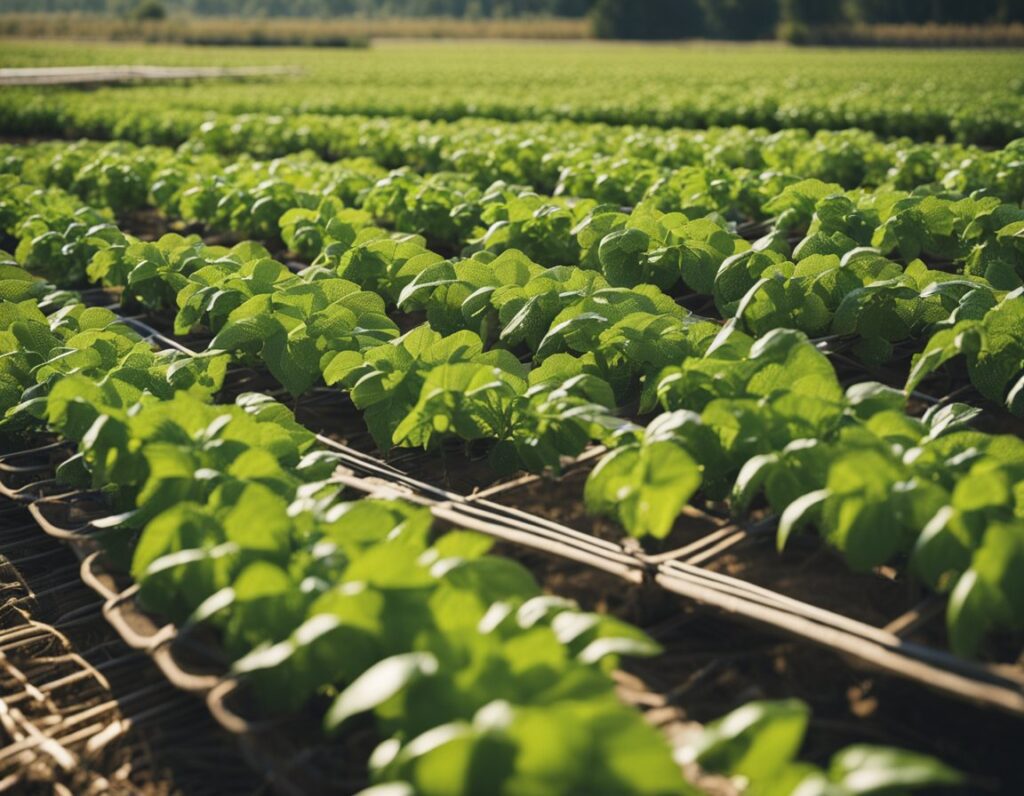
Ensuring optimal results during the harvest of Cookies cannabis plants involves the right tools and equipment, along with maintaining a clean and organized workspace. Attention to these details will help maximize the quality of the final product.
Gathering the necessary tools in advance ensures that the harvesting process runs smoothly. Important tools include sharp pruning shears or scissors to minimize damage when cutting, trays or drying racks for holding buds, and gloves to protect the plants and prevent oils from your hands from interfering with the trichomes.
For handling large amounts of harvested plants, it’s useful to have drying racks or hangers ready, along with parchment paper or similar materials for collecting fallen trichomes. A magnifying glass or loupe can help monitor trichome maturity, ensuring the plants are harvested at peak potency.
Maintaining sanitized equipment is crucial to avoid contamination that could affect the quality of the harvested product. Start by thoroughly washing all tools and surfaces with warm, soapy water, paying special attention to any corners or crevices where residue can build up. After cleaning, wipe down the tools with a sterilizing solution, such as isopropyl alcohol, to eliminate any remaining bacteria or mold spores.
Keep the harvesting area clean as well, ensuring that countertops, drying areas, and containers are all free from dust or contaminants. Sterile conditions during harvest will help preserve the integrity of the buds and reduce the risk of mold or pests affecting the product during the curing process.
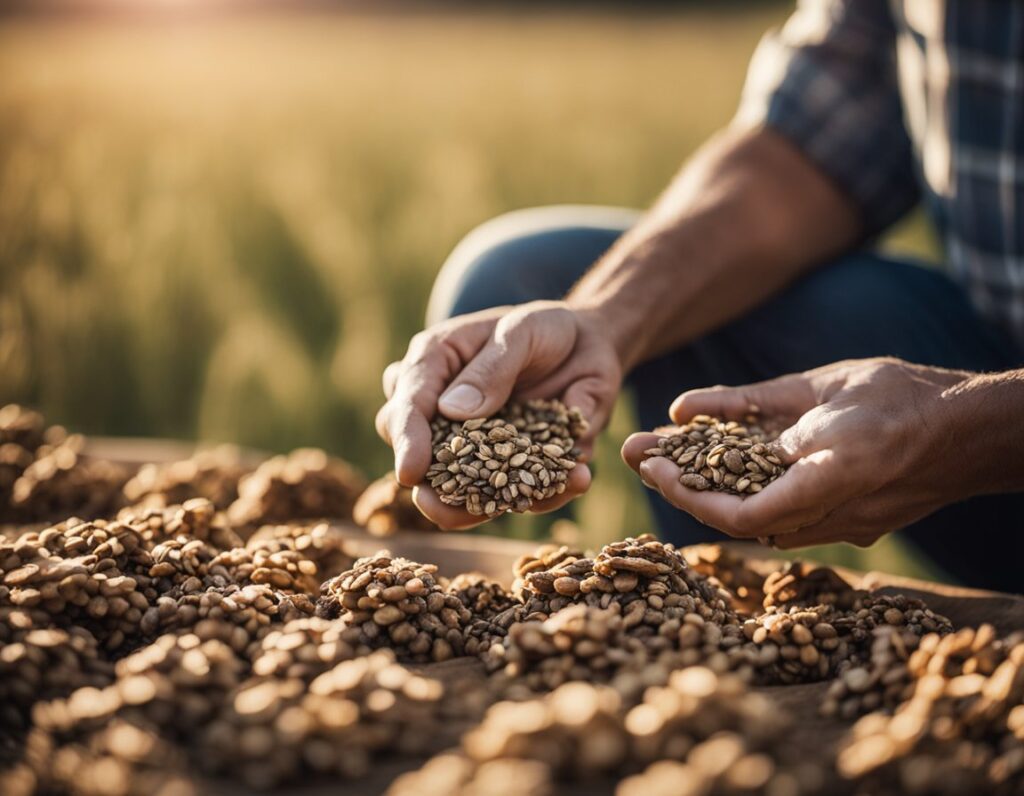
Efficient harvesting is critical in preserving the distinct qualities of Cookies seeds. By focusing on proper methods, you can enhance the flavor, texture, and overall quality of your plant yield, whether operating on a small scale or managing bulk production.
Small-scale harvesting demands attention to detail. Measure carefully to ensure precise cutting. Use sharp scissors or pruning shears to minimize damage to the plants. Consider utilizing parchment paper to collect any loose seeds, enhancing cleanliness and organization.
Harvest during the early morning hours when humidity is optimal, maintaining the distinct cookie texture you desire. Carefully inspect and select plants by examining the trichomes for color and maturity to determine the perfect timing for harvesting. This methodical approach ensures that the final product retains its quality.
Bulk harvesting methods require consistency and efficiency to maintain quality across numerous plants. Implementing mechanical trimmers can expedite the process without sacrificing quality. Note that the texture and integrity of the seeds can be better preserved by using a silicone baking mat to handle large quantities at once.
Ensure all equipment is clean and sanitized to avoid contamination. Use techniques such as whole-plant hanging or netting to dry and cure plants uniformly. Keep a meticulous schedule, regularly checking the trichomes and conditions to retain the characteristic qualities in every batch harvested.
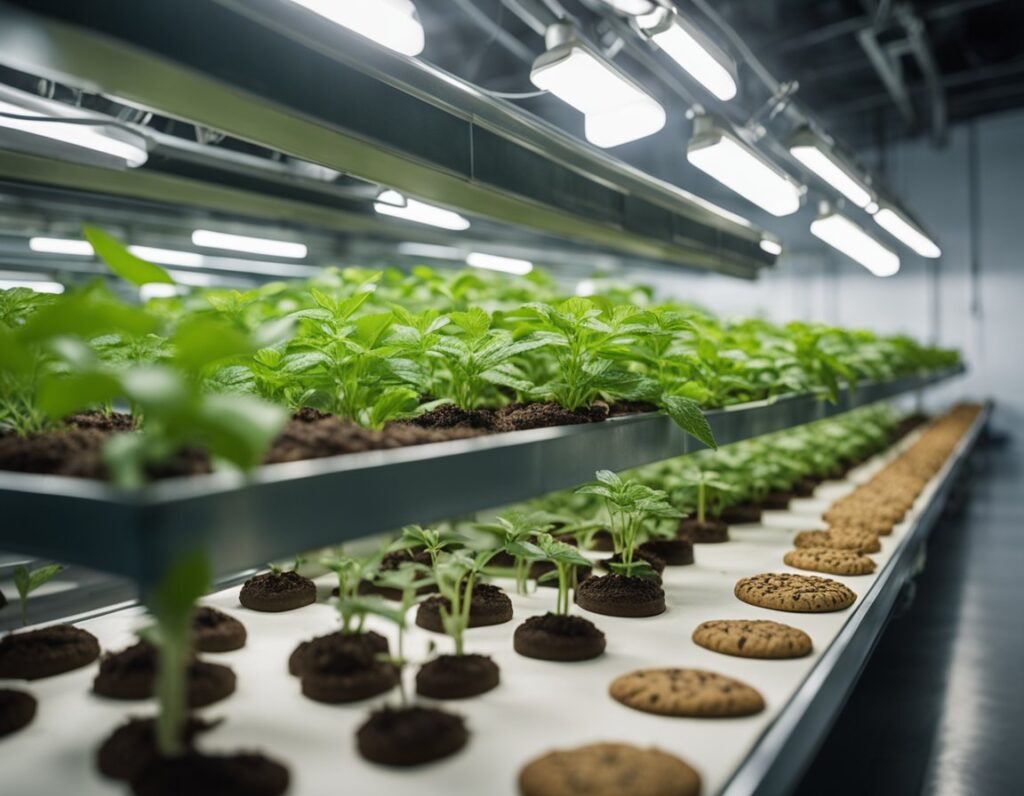
In the curing process for cookies seeds, maintaining the right environment is crucial for preserving flavor and potency. Key factors include controlling humidity and temperature, as well as ensuring proper air circulation.
Proper humidity and temperature are essential in the curing process to ensure quality preservation. Aim for a relative humidity level between 60-65% to prevent mold while allowing moisture to evaporate gradually. This balance maintains the integrity of the seeds.
Store seeds in an airtight container to control humidity effectively. Glass jars are ideal as they prevent exposure to air and moisture. Maintain a stable temperature around 60-70°F (15-21°C), protecting your harvest from heat damage. Keeping the environment cool and dark aids in long-term preservation.
Temperature management extends beyond storage. Ensure any heating elements in your curing environment, like ovens, maintain appropriate settings. Oven temperature used during any drying phase should not exacerbate drying, but instead support gradual moisture loss.
Air circulation plays a vital role in even curing, preventing excess moisture accumulation and promoting uniform drying. Arrange your cookies seeds on parchment paper in an airy, well-ventilated area.
Using fans strategically placed around the curing environment can enhance airflow without causing seeds to dry too quickly. Ensure your setup allows air to move freely around each seed, aiding balanced curing.
Regularly check and adjust the setup to avoid stagnant air zones, as these can lead to uneven drying and possible spoilage. By properly managing air circulation, you minimize the risk of over-drying and promote an evenly cured harvest, maintaining the desired quality and characteristics.
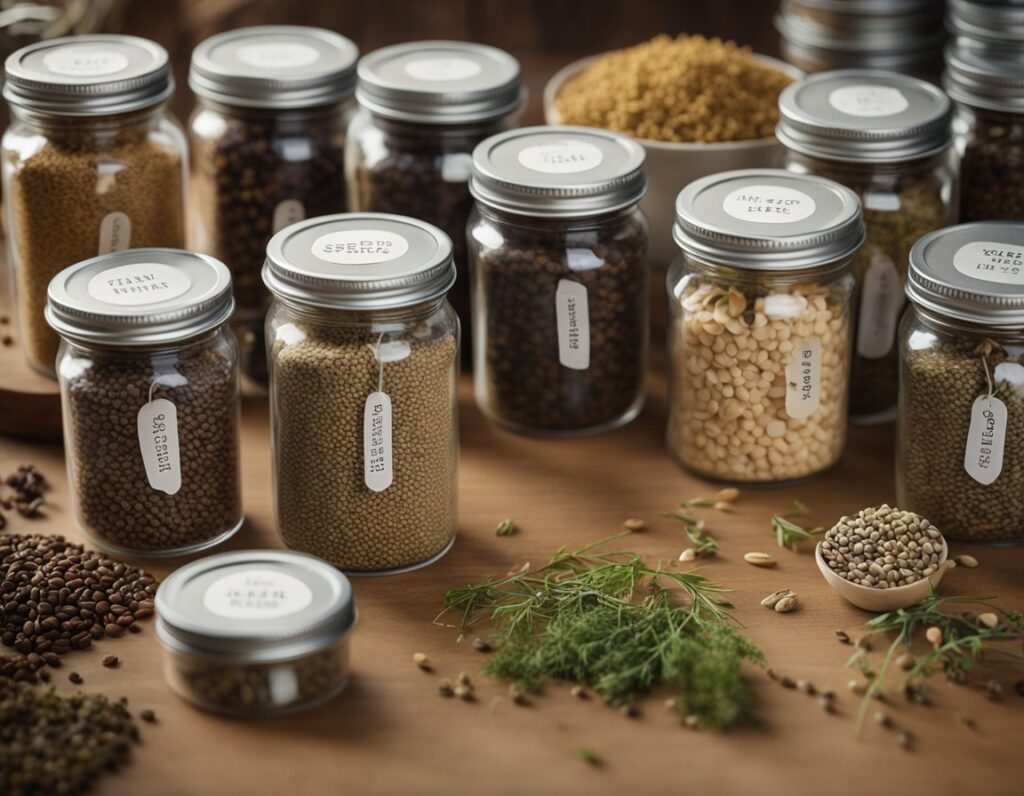
Storing seeds correctly can preserve their viability for future plantings, ensuring successful growth. Using the right containers and methods helps maintain seed quality over time.
Airtight containers are crucial for preserving seed quality. Glass jars with tight-sealing lids are a good option, keeping moisture and air out. Labeling containers with details such as seed type and storage date assists in organization and tracking.
Desiccants, like silica gel packets, help manage humidity levels, reducing the risk of mold. Keep containers in a cool, dark place, ideally where temperatures range from 32°F (0°C) to 50°F (10°C). Avoid areas with temperature fluctuations to prevent seed deterioration.
Properly drying seeds before storage is essential. Spread seeds on silicone baking mats or similar surfaces for even drying. Monitor the drying process, turning larger seeds to ensure uniform results. This reduces moisture content and prolongs shelf life.
For long-term storage, consider the seed type. Different seeds have varying lifespans; for example, beans generally last three years, while root vegetables like beets can remain viable for four years. Regularly check stored seeds for signs of decay or pest activity, discarding compromised seeds promptly.
Maintaining a stable environment mitigates deterioration. Check conditions periodically, ensuring temperature and humidity levels remain constant. Careful attention to these factors helps ensure that your seeds are ready for successful germination.
Proper harvesting and curing are crucial to ensuring top-notch quality when working with Cookies seeds. Focusing on moisture control and preventing mold can greatly affect your results.
When curing, moisture control is essential. Too much moisture can lead to spoilage. You need a controlled environment with temperatures between 60-70°F and humidity levels around 60-65%.
Tips:
If you find excess moisture, briefly open the jars to let some escape, a process known as “burping.”
Mold can ruin your harvest if not managed carefully. Make sure the drying area is clean and free from contaminants.
Recommendations:
Avoid tightly packing your jars, as this can lead to uneven moisture distribution and potential mold growth. These steps help in keeping your results safe and effective.
When harvesting and curing Cookies seeds, ensure you’re using the best practices for drying and curing to maintain potency. Consider the environment, drying times, and methods for quick testing of small samples to maximize results. Specific techniques are essential for autoflowering strains and whole plants, while seedlings also need particular attention.
Maintain a temperature between 60-70°F (15-21°C) with a humidity of 45-55% for optimal bud drying and potency retention. This environment prevents the loss of flavor and potency during the drying process. Properly dried buds can then be gently cured to enhance their overall quality.
Typically, buds should be dried for about 5-10 days. The duration depends on humidity and temperature, and the stems should snap rather than bend. Once properly dried, the buds can be safely transferred into jars for curing, ensuring a quality final product.
For quick drying, you can use a small, low-heat method such as an oven or a microwave set on its lowest setting. Spread the buds on a tray, ensuring even exposure. Be cautious to prevent overheating, which can degrade the quality of the sample.
Autoflowering strains thrive in a stable environment with temperatures similar to those needed for regular strains, around 60-70°F, with 45-55% humidity. Consistency is crucial for these strains, as it helps preserve their unique characteristics and potency during the drying and curing stages.
Hang the whole plant upside down in a dark space with adequate air circulation. This method helps preserve terpenes and cannabinoids. Monitor the drying environment carefully to maintain optimal humidity and temperature, and regularly check the plant for readiness before proceeding to the curing process.
We ship and deliver world wide via USPS and various couriers.
We offer a wide range of secure and anonymous online payment options.
We care about you, our customer. Please contact us with any questions or concerns.
Find out more about the benefits of being a loyal and regular customer.
WE ARE EVERY GROWERS ONE STOP SHOP TO ACQUIRE PREMIUM CANNABIS SEEDS FOR SALE IN THE USA, CANADA AND AUSTRALIA

Farmers Lab Seeds 2024, | All Right Reserved
Seeds are sold as novelty items, souvenirs, and collectibles. They contain 0% THC. We encourage our customers to check the legislation in their Country, State, Province, and Municipality prior to purchasing items from our store. We do not provide growing information.
All seeds are sold as hemp, and lab tested under 0.3% THC. This product is not for use by or sale to persons under the age of 21. This product should be used only as directed on the label. It should not be used if you are pregnant or nursing. Consult with a physician before use if you have a serious medical condition or use prescription medications. A Doctor’s advice should be sought before using this and any supplemental dietary product. All trademarks and copyrights are property of their respective owners and are not affiliated with nor do they endorse this product.
These statements have not been evaluated by the FDA. This product is not intended to diagnose, treat, cure or prevent any disease. Individual weight loss results will vary. By using this site, you agree to follow the Privacy Policy and all Terms & Conditions printed on this site. Void Where Prohibited by Law.